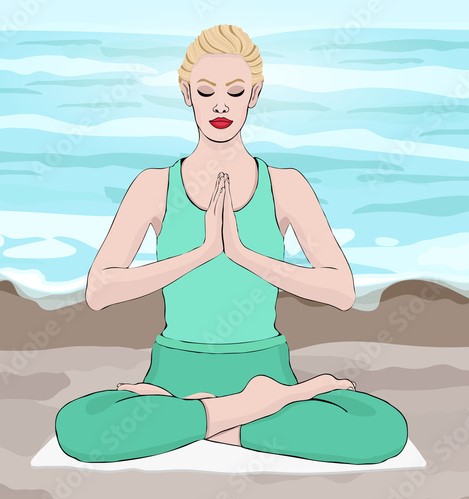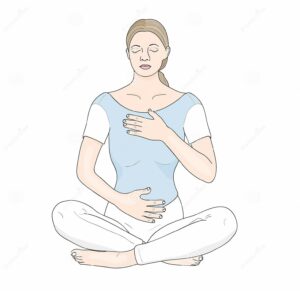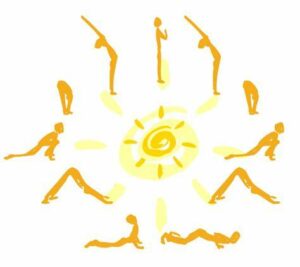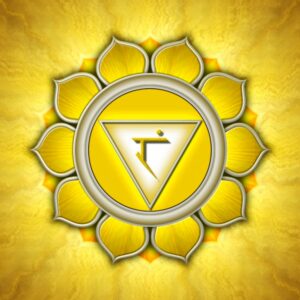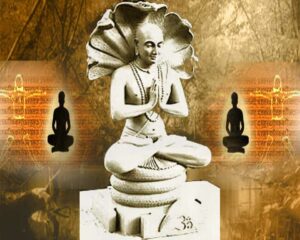Historically, the ancient yogis sat in Meditation first and the discovery of Asana followed. They began to imitate what they saw in their environment with their bodies. The yogis created postures that looked like a tree (vrksasana), a cobra snake (bhujangasana), and a locust (salabhasana). They imitated structures such as a gate (parighasana), a bridge (setu bhandasana) and a plow (halasana). They also performed poses to honor such deities as Hanuman (lunge pose) and Marichi (spinal twist) and asana that expressed yogic virtues like Sukhasana (easy cross legged pose).
The yogis realized that Asana strengthened their meditation. The postures allowed for the movement of energy, steadiness of nerve, and clarity of mind. In current day yoga practice we all notice, as the yogis did thousands of years ago, that we are all more settled and balanced after the practice of Asana, prepared for Meditation.
